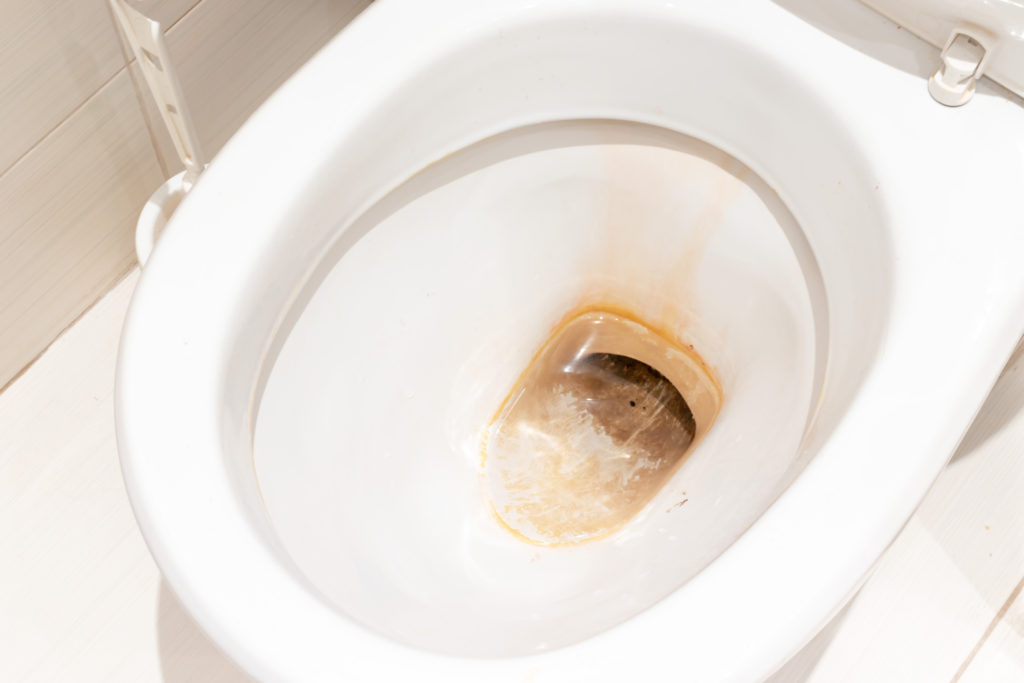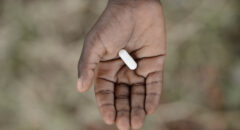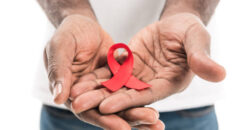
HIV, or human immunodeficiency virus, is a significant global health issue, affecting millions of people worldwide. Despite advancements in medical research and awareness campaigns, numerous myths and misconceptions about how HIV is spread continue to circulate. Misunderstanding these transmission methods can lead to unnecessary fear and stigma. It is crucial to comprehend the facts to foster a more inclusive and supportive society. Here are nine ways HIV is NOT spread:
1. Can You Get HIV through Casual Contact with Someone Who’s HIV+?
HIV cannot be transmitted through casual contact such as hugging, shaking hands, or sharing utensils. The virus does not survive well outside the human body, making casual physical interactions safe. Everyday interactions in social, school, or workplace settings do not pose any risk. For example, touching, holding hands, or even giving someone a pat on the back are completely harmless in terms of HIV transmission.
2. Can I Get HIV from Kissing Someone?
Saliva contains very low levels of HIV, insufficient to cause infection. Closed-mouth or “social” kissing poses no risk of HIV transmission. Even open-mouth or “French” kissing is extremely low risk unless both partners have significant oral health issues, like bleeding gums or open sores in the mouth. The Centers for Disease Control and Prevention (CDC) confirms that the transmission of HIV through saliva is highly unlikely, providing reassurance that kissing is generally safe.
3. Is HIV transmitted through Insect Bites?
Insects, including mosquitoes, do not spread HIV. Despite what you may have seen in the movies, bugs do not spread HIV. When an insect bites, it does not inject the blood of a previously bitten person. HIV is not transmitted through insect saliva. Studies have shown that even in areas with high HIV prevalence, there is no correlation between insect bites and HIV infection rates. This myth likely stems from misunderstandings about how the virus is transmitted and the nature of insect feeding behaviors.

4. I’ve heard toilet seats can transmit HIV. Is that true?
HIV is not spread through toilet seats. The virus cannot live long outside the human body, and there are no documented cases of transmission via surfaces like toilet seats. Concerns about contracting HIV from public restrooms are unfounded and contribute to unnecessary anxiety. It’s important to understand that the virus requires specific conditions to remain viable and cannot be transmitted through inanimate objects.
RELATED: Day 1: Just Diagnosed with HIV
5. What if I share food or drink with an HIV-positive person?
HIV is not spread by sharing food, drinks, or eating utensils. The virus is not present in saliva in quantities that would pose a risk of infection. This means that casual sharing of food or drinks is safe. Enjoying meals with friends, family, or colleagues who are HIV-positive does not increase the risk of transmission. This fact is particularly important for reducing stigma in communal and family settings.
6. If I’m in the same swimming pool with HIV+ person?
HIV cannot be transmitted through water in swimming pools. Chlorine and other chemicals used in pool maintenance effectively kill the virus, making swimming in public or private pools safe. Additionally, the dilution effect of large volumes of water further reduces any risk. Participating in swimming activities, whether for recreation or exercise, does not pose a danger of HIV transmission.
7. Someone’s Sweat, Tears, and Urine–am I at risk?
HIV is not present in significant amounts in sweat, tears, or urine. These bodily fluids do not carry enough of the virus to cause infection, so contact with them does not pose a risk. Engaging in sports, sharing gym equipment, or comforting someone who is crying are all safe activities. The focus should be on supporting people living with HIV rather than fearing casual contact.
8. Can HIV be transmitted via Air or Water?
HIV is not an airborne or waterborne virus. It cannot survive in the air or water, so activities like breathing, bathing, or swimming do not pose any risk of transmission. Unlike respiratory infections, HIV requires direct access to the bloodstream through specific routes. Understanding this helps clarify that everyday activities involving air and water are completely safe.
9. Being Around HIV-Positive Individuals for long periods of time? Am I at Risk?
Living, working, or being around individuals who are HIV-positive does not put others at risk. HIV cannot be spread through social interaction, making it important to support and engage with those who are HIV-positive without fear of infection. Building inclusive communities involves educating people that normal social interactions, including working together, attending school, or living in the same household, do not facilitate HIV transmission.
Understanding how HIV is not spread is essential for combating stigma and promoting accurate knowledge about the virus. Dispelling myths helps to create a more informed and supportive environment for everyone. Remember, HIV is primarily transmitted through specific high-risk behaviors such as unprotected sex and sharing needles. By focusing on factual information, we can reduce fear and encourage compassionate interactions. Education and awareness are key to prevention and support, ensuring that people living with HIV can lead healthy and fulfilling lives without the burden of unfounded stigma.








